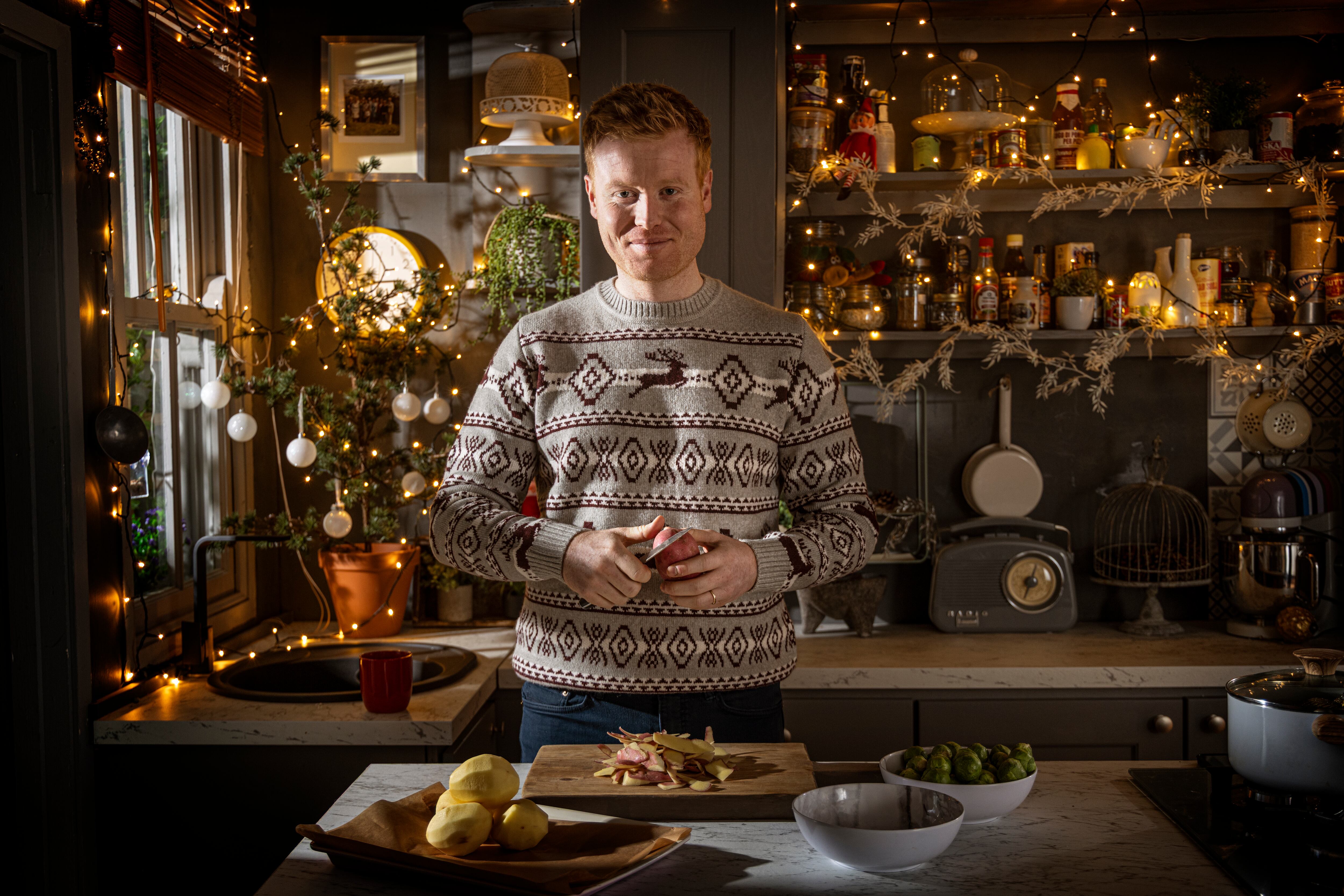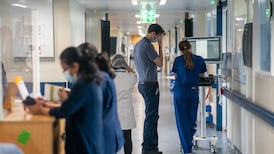Ten thousand free home testing kits for sexually transmitted infections (STIs) are being ordered by members of the public every month, the Department of Health has said.
STI detections have been increasing year-on-year for decades, apart from during the Covid-19 pandemic, and tackling the problem has become part of Government strategy.
Spending on free home testing kits increased from €3.5 million last year to €4.3 million in 2024, in order to meet rising demand.
As of last September, 20 per cent of gonorrhoea and 36 per cent of chlamydia notifications to public health services came as a result of their use.
READ MORE
According to the department, they have increased access to testing, and removed potential barriers such as embarrassment, cost and the time required to travel for in-person services.
New data published on Thursday shows the service received more than 100,000 orders up to the end of last November, up from 91,000 kits in 2022.
More than half of 2022′s users (56 per cent) said they had never visited a sexual health clinic, suggesting the programme is effective in meeting a key target. Last year, 42 per cent said they had never had an STI test before ordering the sets.
“Without the service, these individuals could have developed significant morbidity and contributed to onward transmission of STIs,” the department said.
The home testing service is provided to those aged 17 and older, the majority of users being in the 20 to 34 age group. Those who get a “reactive result”, indicating a need for additional investigation or treatment, are referred to public clinics.
Since last November, anyone testing positive for chlamydia could avail of an online prescription, reducing the number of clinic referrals and pressure on the system.
“It’s providing increased opportunities for diagnosis and treatment which is particularly important in the context of rising STI rates, both nationally and internationally,” said Minister of State with responsibility for Public Health Hildegarde Naughton.
As well as use, the return rate of testing kits to labs is also increasing, from 62 per cent in 2022 to at least 69 per cent last year, according to provisional data to November.
Just under 6,000 users had a reactive result in 2022, with about two-thirds being chlamydia diagnoses and just under 1,000 gonorrhoea diagnoses. Another 860 people had reactive results for hepatitis B or C, syphilis and HIV.
By November 2023, reactive results rose to just over 7,000 users – approximately 4,800 for chlamydia, 1,400 for gonorrhoea and 840 for various other STIs.
The majority of service users (78 per cent) were heterosexual and 22 per cent gay or bisexual.
Most STI service users (60 per cent) identified as female, including trans female, and 38 per cent as male, including trans male.
- Sign up for push alerts and have the best news, analysis and comment delivered directly to your phone
- Find The Irish Times on WhatsApp and stay up to date
- Our In The News podcast is now published daily – Find the latest episode here













